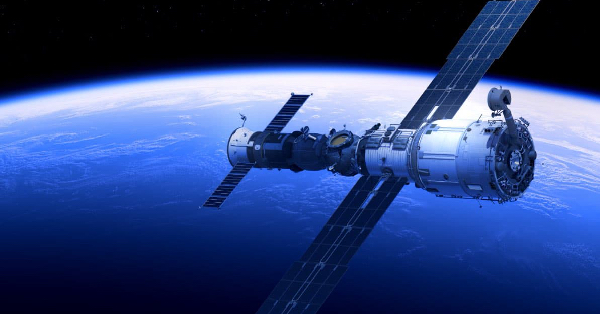A consortium including AAC Clyde Space’s subsidiary AAC Hyperion has been selected by European Defence Fund to develop a less than 100 kg satellite to be placed in geostationary orbit (GEO) for space situational awareness. The satellite, named Naucrates, is not to be trackable from ground radar, optical telescope or radio telescope. It is set to be the first European GEO satellite for Space Situational Awareness (SSA) in GEO.
With its expertise in attitude determination and control systems, AAC Hyperion will provide components for the prototype. As a consortium partner, AAC Hyperion will also participate in designing the satellite bus, its prototype as well as in integration and testing. This project receives funding from the European Defence Fund (EDF) of EUR 0.7 M (approx. SEK 8.0 M) under grant agreement 101102517 – NAUCRATES – EDF-2021-OPEN-D. The satellite is expected to be delivered in 2026.
Europe, with its fleet of both military and commercial GEO satellites, increasingly needs independent space monitoring and surveillance capabilities. The Naucrates satellite will fulfil a critical role in the European ability to perform Space Situational Awareness. The satellite will be positioned in a stable orbit outside the GEO belt not to disturb other satellites or transmissions, with the capability to approach other objects in GEO to take centimeter level resolution images. It will host an optical telescope using special infrared for images transmission to minimize eavesdropping possibilities.
“We are proud to be part of this cutting-edge project, that will advance the capabilities of small satellites even further, while contributing to a safer orbital environment..” says AAC Clyde Space CEO Luis Gomes.
Satellites in geostationary orbit remain exactly above the equator at approx. 36,000 kilometers not changing their position with respect to a location on Earth. The Naucrates satellite will be launched directly into GEO by Ariane 6 and could stay in orbit for a 3 to 5 years.






































